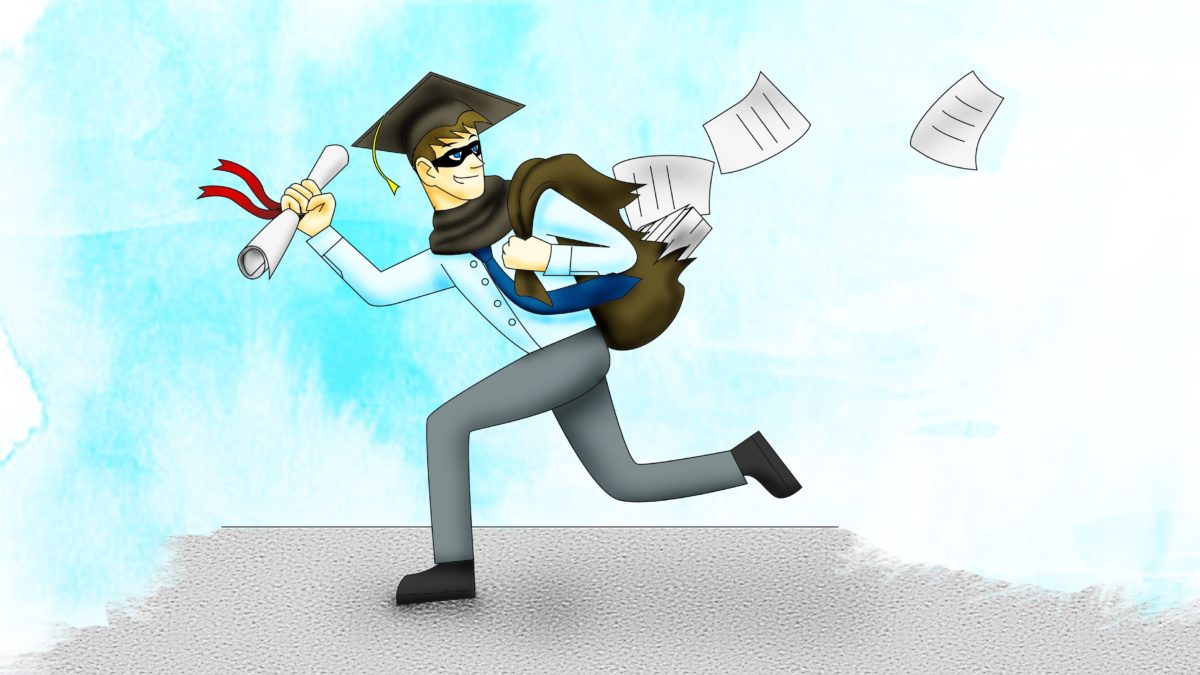

However, they generally cover the following key elements: The exact parts of a citation will differ from one formatting style to another.
#ITHENTICATE MOSAIC PLAGIARISM HOW TO#
It’s a serious matter that could jeopardize your entire academic career, so it’s crucial that students know how to avoid plagiarism in their essays.įor example, Staley Library at Millikin University’s Preventing Plagiarism: A Guide for Students lists the offences they consider plagiarism.

If you’re not honest with your output, plagiarism, even self-plagiarism, will result in consequences ranging from failing an assignment to expulsion from your academic institution. Plagiarism is a definite violation of the academic honour code. Their goals are to uphold the value of integrity in academia and develop good practices within the research community, and part of this is making sure all researchers know how to avoid plagiarism. The COPE has even released guidelines and a flowchart to assist editors with what to do when they come across examples of plagiarism. The Committee on Publication Ethics (COPE) does not cope well with plagiarism (pun intended), as they will see it as a direct threat to the values of the publication process. Whether the texts are copied intentionally or not, plagiarism is always a form of stealing. Merriam Webster’s Collegiate Dictionary (2004) defines plagiarism as an act “to steal and pass off (the ideas or words of another) as one’s own use (another’s production) without crediting the source to commit literary theft present as new and original an idea or product derived from an existing source.” There’s also self-plagiarism, which we’ll talk more about later on. Examples of plagiarism cover a wide range of media and formats, including, but not limited to, books, newspaper articles, websites, lectures, videos, and even music. The Definition of Plagiarismįor this article, we define plagiarism as taking ownership of someone else’s words or ideas within your research paper. So, let’s get into the details of how to avoid plagiarism and the common examples of plagiarism that you need to steer clear of in your research papers.
#ITHENTICATE MOSAIC PLAGIARISM PROFESSIONAL#
If you’re submitting an essay to your university, it could lead to you failing your class, and if you’re submitting a paper for professional publication, it could seriously damage your reputation as an academic. Not citing will lead to plagiarism-a grave defiance of research ethics. In addition, citation acknowledges any source that has influenced your opinions, conclusions, and arguments, giving proper credit to the original author. Not only does citation assure the readers that reputable sources back your ideas and help them locate your source material to read for themselves, but it also protects your integrity as a researcher. Part of the research process is citing your sources properly, as this is the best way to avoid plagiarism. While there are many conflicting perspectives on plagiarism-from its definition to the ethics surrounding it-they all boil down to the same rule: You cannot steal another person’s intellectual property. Plagiarism scares researchers like any paranoia would, mainly because it’s a serious violation within the academic community. How can you make sure that you’re citing sources properly?
How will you know if your work is too close to the original? But knowing how to avoid plagiarism can be tricky sometimes. But there is one particular fear that heightens anxiety and cripples researchers more than anything else-the fear of unintentional plagiarism. Open waters, tight places, and public speaking are all common fears.


 0 kommentar(er)
0 kommentar(er)
